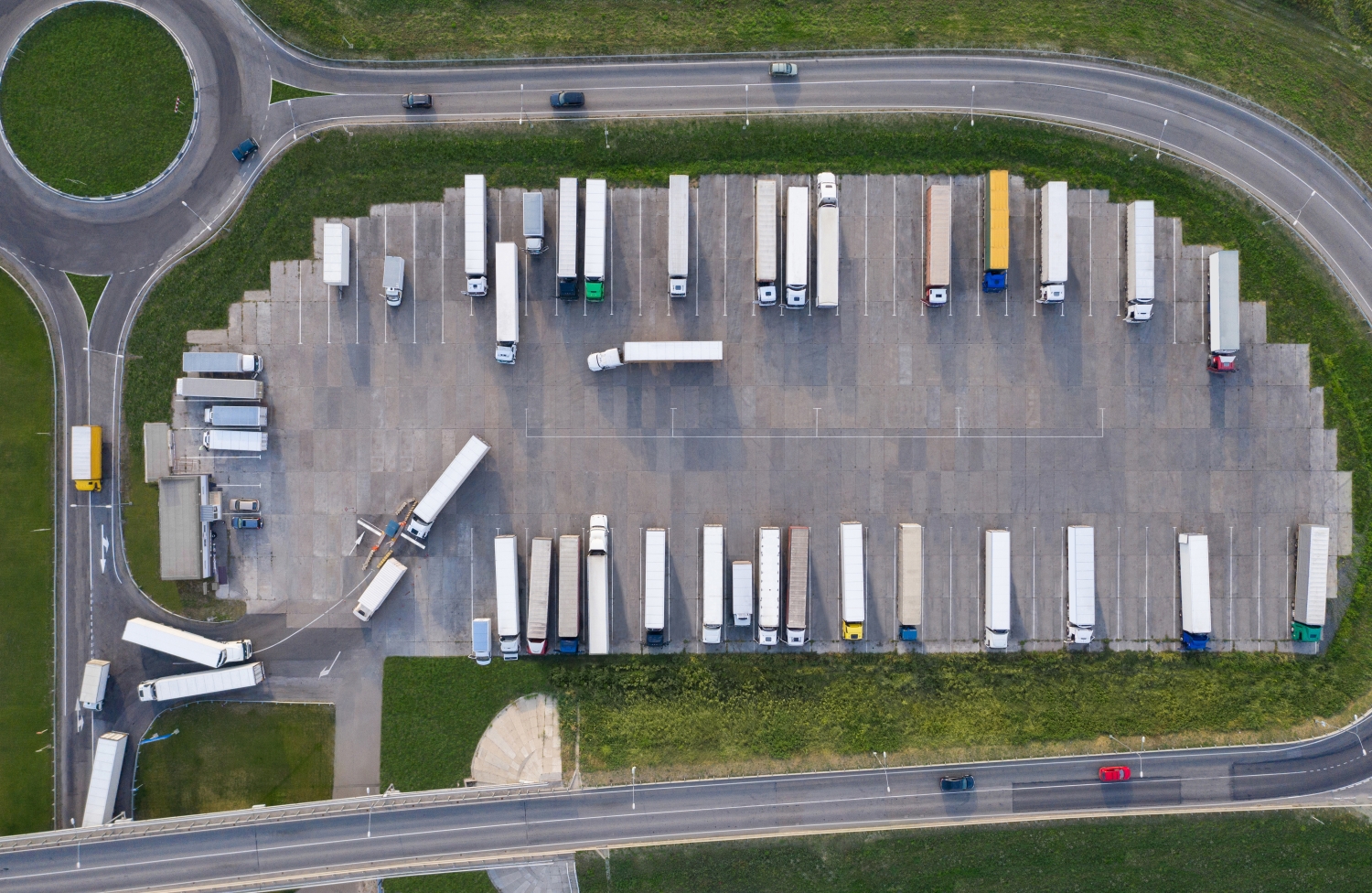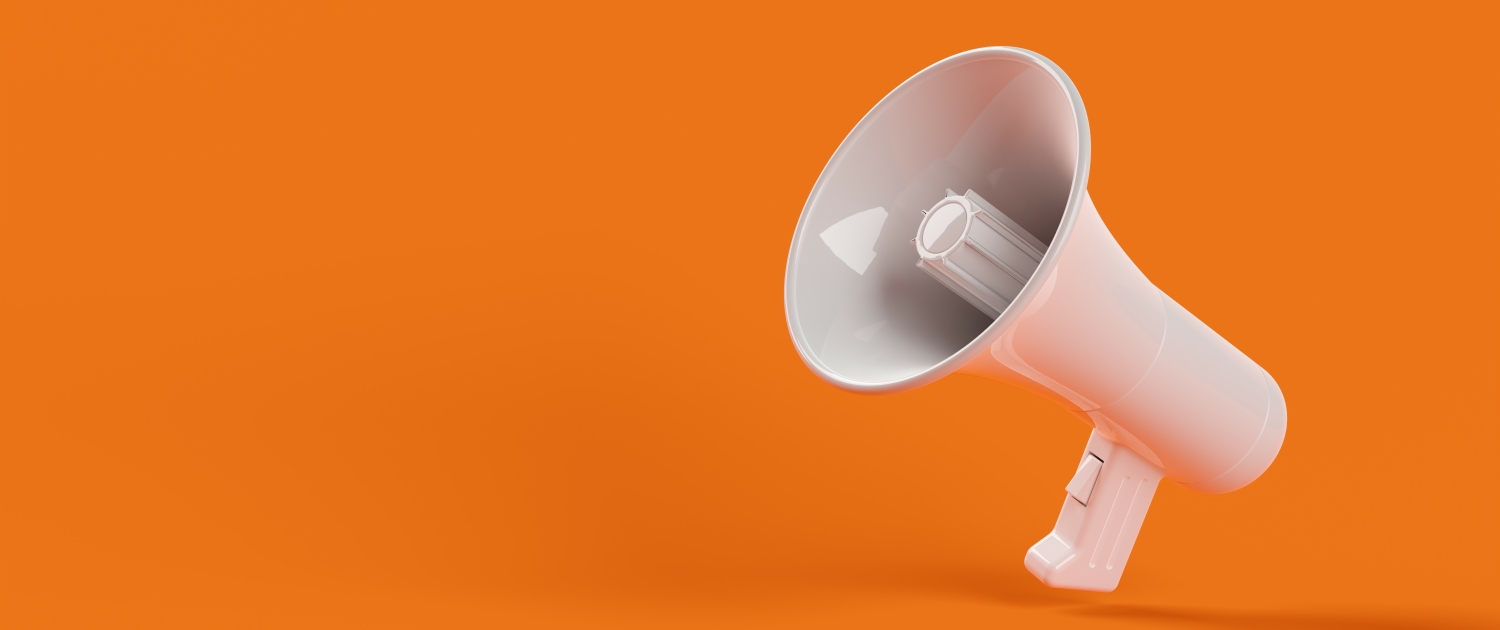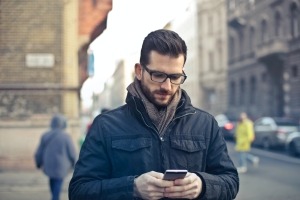
Recruiting and retaining quality truck drivers is one of the biggest priorities for companies across the country in 2023. As one of the largest occupations in the United States, companies are always looking for new ways to hire. The question is, how do you recruit truck drivers, while simultaneously increasing your retention rate? The answer is to get creative and stand out from your competitors.
What Are Truck Drivers Looking for in Their Next Job?
With so many options available, truck drivers are making careful considerations before they accept a job offer. Trucking is one of the toughest jobs out there and drivers want to make sure the company they work for aligns with their career goals and personal needs. Some of the most common benefits that drivers look for include:
- Fair Pay
- Consistent / predictable home time
- Health Insurance
- Retirement Options
- Versatile Schedule & Paid Time Off
- Ongoing Training & Development
When deciding how to recruit truck drivers to your team, you will want to ensure that you offer a comprehensive benefits package that is appealing to drivers in all stages of life, including those who are single, married, have children, etc. Offering competitive pay, bonuses, and regular raises is also key in attracting and retaining drivers. Ultimately, each driver you hire is going to have unique needs, so working with each person to understand what he/she wants during the recruitment and hiring process is also important.
Who Are Your Potential Candidates?
When companies consult with us about how to recruit truck drivers, we always want to make sure we help them identify the type of candidates they are looking for to fill their open positions.
- How much experience would you prefer they have?
- What are the routes you need filled?
- What can a driver expect in terms of pay, perks, and benefits?
- Do their values and work ethic match the company’s mission?
- Do you need drivers interested in team jobs?
It is also important to remember that the demographics for truck drivers have evolved in recent years and your top candidates may not be the same as they were ten, or even five, years ago. The United States Census Bureau states that, “Among younger truckers under age 35, more of them are women, Hispanic and more educated than their older counterparts age 55 and older. They are more likely to be high school graduates and have some college education.” With that said, old recruiting tactics may no longer apply in trying to connect with a younger demographic or with women entering the trucking industry.
Millennials
A key demographic that is emerging with truck drivers is Millennials. This age group ranges from 27-42 and were born in, or after, 1981. This age group is less than the median age of truck drivers, which sits at 46, but offers potential for companies looking to recruit new talent. Truck drivers in this age range are looking for positions that will fit well with their lifestyle including benefits packages, flexible schedules, opportunities for advancement, positive work culture, and community. Recruiting a younger demographic requires creativity and willingness to foster an online presence on social media.
Women
“The percentage of professional drivers who are female has increased to 13.7 percent in 2022, an increase of more than three percent since 2019,” according to the Women in Trucking Association (WIT). With this substantial increase, companies must be more cognizant of the female demographic and what it will take to recruit female drivers to their teams. WIT offers a couple strategies to help recruit and retain drivers including broadening the talent search to include underrepresented demographics, including the female demographic, as well as offering opportunities and benefits that would resonate with female drivers.
By recognizing the unique capabilities of different demographics, you can diversify your candidate pool and recruit talent from across the board.
A Few Things to Avoid During Recruitment
According to the U.S. Bureau of Labor Statistics, “between 1995 and 2017, the annual turnover rate at large TL carriers averaged 94.0 percent and that at small TL carriers averaged 79.2 percent.” This alarming statistic shows that recruiting new employees is more than just onboarding; it is an ongoing relationship that must be fostered to be mutually beneficial for company and employee.
Recruiters can follow all the best tips out there when it comes to finding top truck drivers to join their teams, but certain mistakes can end up costing even the most experienced recruiters a new hire at present, or later down the road, if an employee feels unhappy with his/her position. During the recruitment and onboarding process it is vital to remember:
- Communication is Key: From the first interaction to successfully onboarding a new driver, communication is the foundation of a successful relationship. People feel valued when they feel that employers are keeping them updated on where they are at in the hiring process and have a support system once they accept an offer. Even after onboarding, touching base with your recruits and asking for their feedback, goes a long way in establishing loyalty and increasing retention.
- Hire More Than the Stereotypical Truck Driver: As discussed earlier, the demographics for new drivers entering the market are very different than they used to be, so it’s important to keep an open mind when it comes to reviewing resumes and interviewing candidates. Don’t rely on referrals alone, consider the benefits of hiring younger drivers, female drivers, and even new drivers, especially for team jobs.
- Make It Personal: Drivers want to feel that they have a connection to your company, so offering personalized feedback is a nice touch during the recruitment process. Company-wide, it is also important to create a culture that makes each employee feel valued and that there is a community atmosphere.
For more tips on recruiting truck drivers, download our Ultimate Guide to Truck Driver Recruiting. We look forward to helping you recruit and hire for your team!











 As we mentioned, drivers are already speaking to each other about your carrier. Your company already has a reputation, and you can’t override it by a referral program. Either your drivers believe you have a strong company and culture that
As we mentioned, drivers are already speaking to each other about your carrier. Your company already has a reputation, and you can’t override it by a referral program. Either your drivers believe you have a strong company and culture that  Many companies use incentives to nudge drivers into making referrals. Most of these incentives are monetary rewards, although they don’t have to be. As we learned in high school economics class, incentives matter.
Many companies use incentives to nudge drivers into making referrals. Most of these incentives are monetary rewards, although they don’t have to be. As we learned in high school economics class, incentives matter. It’s easy to think of referral programs as a waste of money if you haven’t used them before or measured their impact. Try to think of driver referrals as an investment into your
It’s easy to think of referral programs as a waste of money if you haven’t used them before or measured their impact. Try to think of driver referrals as an investment into your  Comprehensive CDL Recruitment Solutions
Comprehensive CDL Recruitment Solutions
 Staff changes are always difficult, no matter what industry or company you work for. Whether you’re dealing with one of your best recruiters leaving the company or trying to train a brand new recruiter on how the trucking industry operates, these situations can have a dramatic impact on your department if not handled correctly. If your recruiting team has recently undergone changes, here are some tips on how to keep the disruption to a minimum.
Staff changes are always difficult, no matter what industry or company you work for. Whether you’re dealing with one of your best recruiters leaving the company or trying to train a brand new recruiter on how the trucking industry operates, these situations can have a dramatic impact on your department if not handled correctly. If your recruiting team has recently undergone changes, here are some tips on how to keep the disruption to a minimum. 



 From the moment of onboarding, driver recruiters should be trained to look at recruiting as a long game. Explicitly tell recruiters that the company’s mission is to
From the moment of onboarding, driver recruiters should be trained to look at recruiting as a long game. Explicitly tell recruiters that the company’s mission is to 
 If you’re dealing with high application abandonment, try putting yourself in a driver’s shoes. Most drivers don’t want to spend their limited free time filling out lengthy and complex applications. In fact, this is usually
If you’re dealing with high application abandonment, try putting yourself in a driver’s shoes. Most drivers don’t want to spend their limited free time filling out lengthy and complex applications. In fact, this is usually  Since drivers spend most of their time on the road, they mainly search for and apply to jobs using their smartphones. In this mobile-first world, recruiters and fleet managers need to make sure they’re able to communicate and interface with drivers this way. Otherwise, you risk a large number of drivers abandoning your application.
Since drivers spend most of their time on the road, they mainly search for and apply to jobs using their smartphones. In this mobile-first world, recruiters and fleet managers need to make sure they’re able to communicate and interface with drivers this way. Otherwise, you risk a large number of drivers abandoning your application. While you, as a recruiter can create what you think is the most efficient, painless, and all-around great application experience, you won’t really know how it is until drivers start applying. Even when they do start, it can be hard to gauge what’s working and what’s not since gathering data around job application abandonment can prove to be difficult.
While you, as a recruiter can create what you think is the most efficient, painless, and all-around great application experience, you won’t really know how it is until drivers start applying. Even when they do start, it can be hard to gauge what’s working and what’s not since gathering data around job application abandonment can prove to be difficult.


